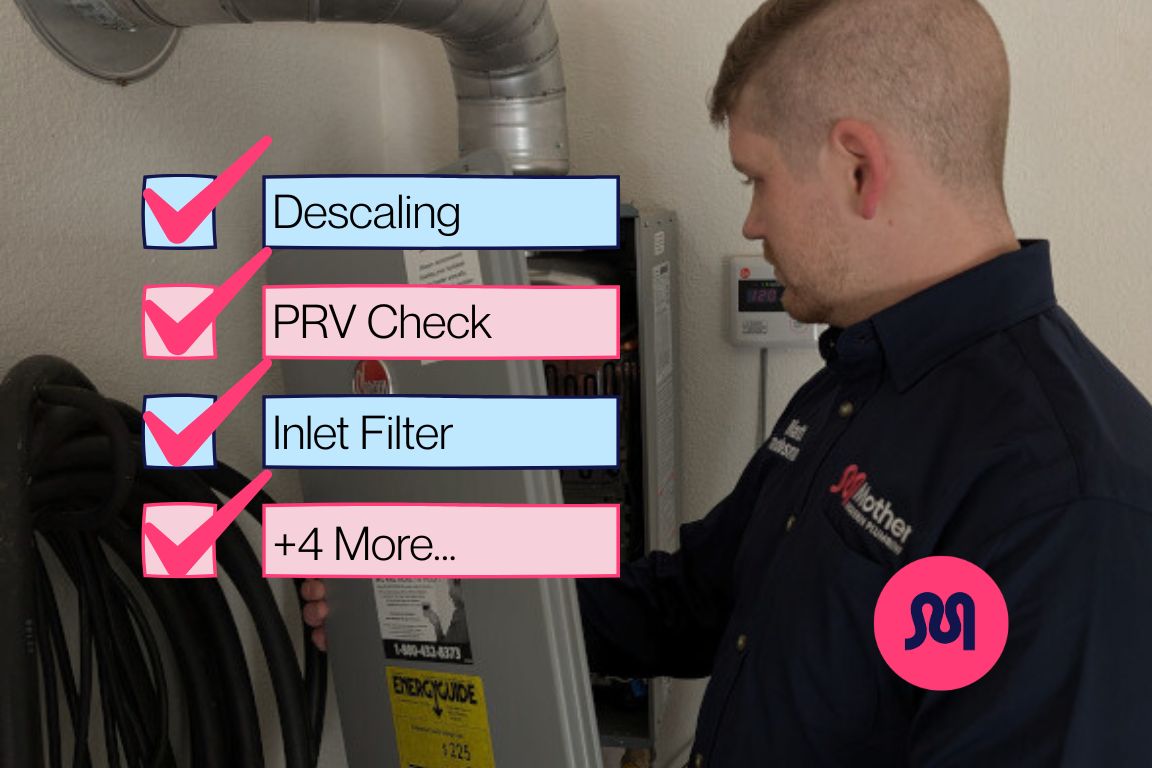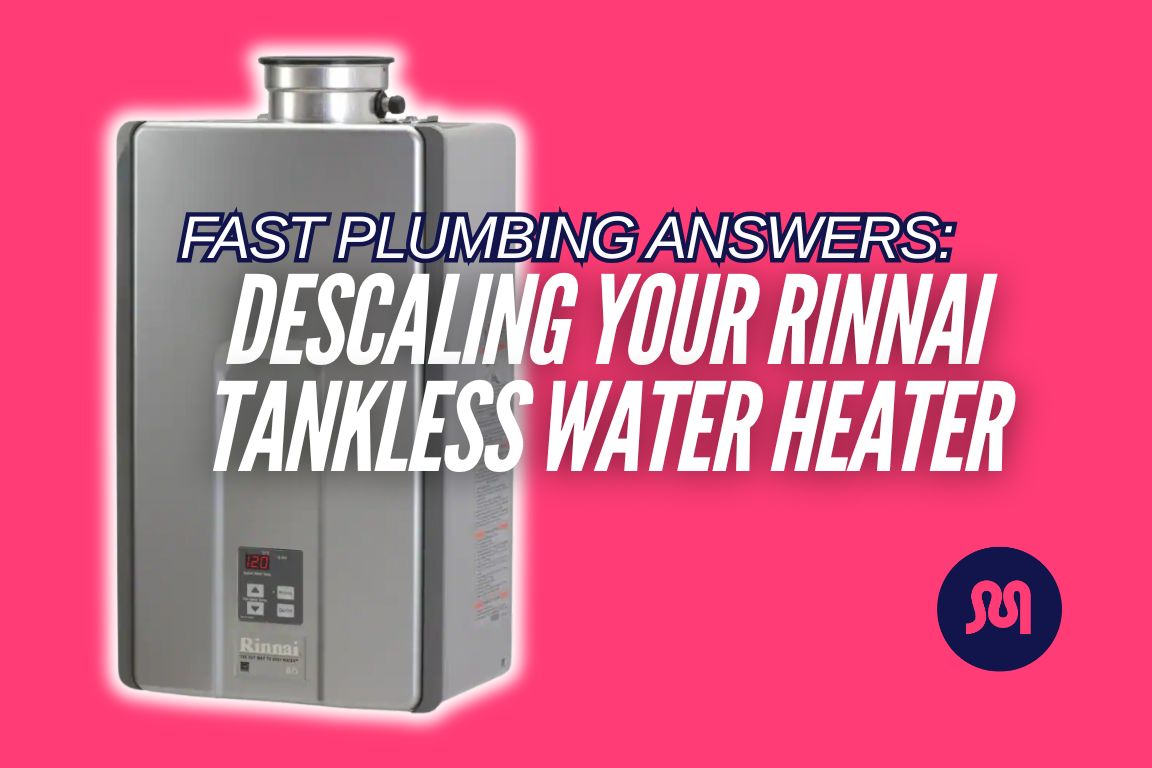Fast Plumbing Answers: Water Pooling at Foundation
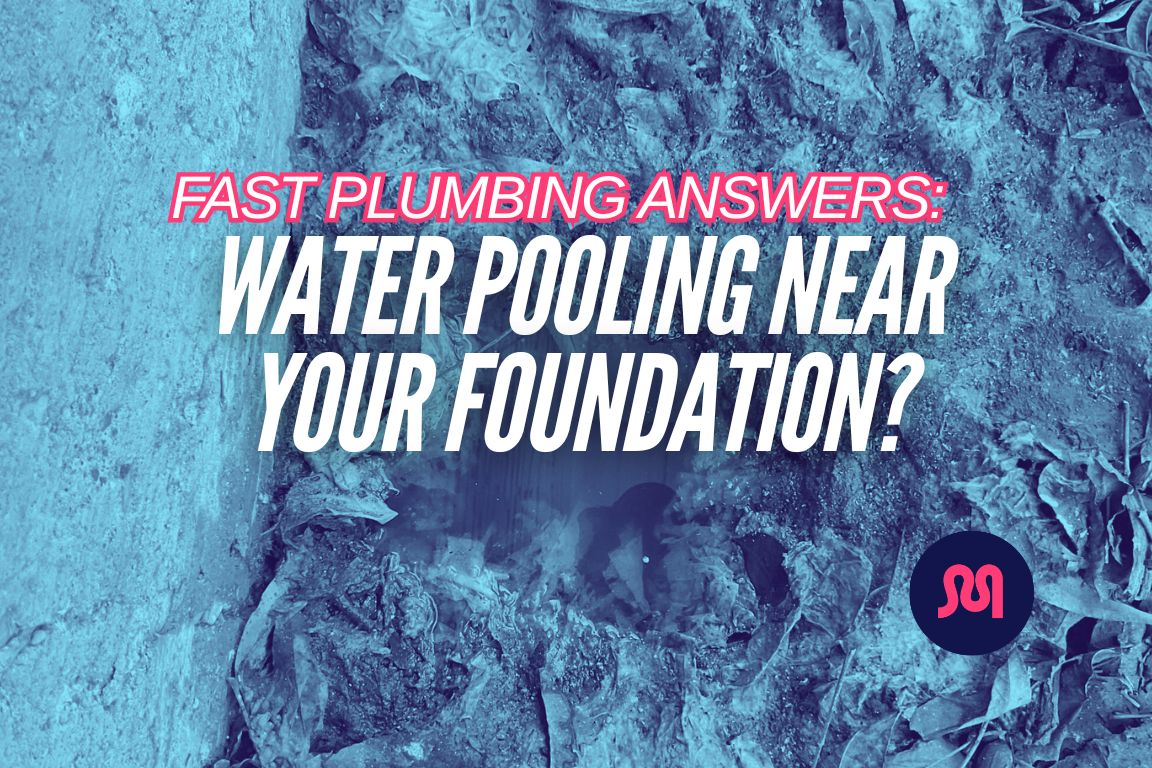
table of contents
table of contents
You notice puddles and pools of water forming near your foundation. Even worse, they stick around a little too long after the rain stops. Do you have a slab leak? Are your gutters or downspouts clogged? Or is there an issue with the slope of your property?
Don’t worry- we’ll answer all your questions in 2 minutes or less.
We’re Mother, a Dallas-Fort Worth plumbing company that provides dependable, hassle-free modern plumbing for homeowners who value quality. Call us 7 days a week for non-invasive slab leak detection services and insightful repair solutions that last.
{{slab-leak-repair="/services/slab-leak-repair"}}
Water Pooling at Your Foundation: It’s Not Always a Slab Leak
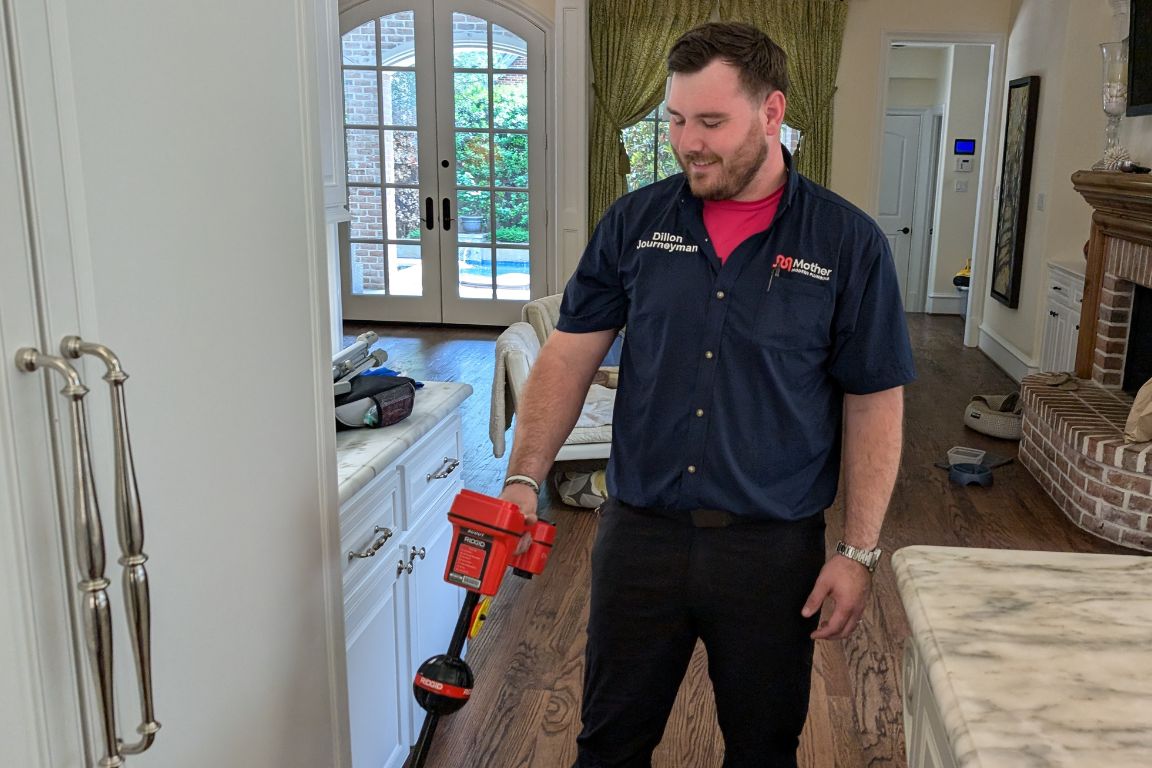
When you search for answers about pools of water near your foundation, the results offer a lot of doom and gloom answers about leaky slab foundations.
Our Master Plumber, Dillon Ashton, is here to offer some more positive news. He says the most common reason for puddles near your foundation isn’t slab leaks, but improper grading of your property.
“If the soil around your home slopes towards your foundation instead of away from it, water naturally collects there,” Dillon explains. This can also occur if your property is flat instead of graded away from your home’s foundation.
The problem with pooling water near your foundation
“Over time, the wet ground settles and creates low spots that hold water right against the slab, which isn’t good for the foundation,” Dillon says.
These low spots allow water to pool above ground and persist underneath your lawn. When the water runs out of space underground, it seeps into your concrete slab. When the water dries, cracks begin to form in your foundation.
Each time water fills these cracks and dries out, those cracks get a little bigger. It’s a dangerous situation that compromises the structural integrity of your home and leads to shifting, pipe breaks, and even collapses.
3 Potential Causes (and the Best Solution for Each)
We asked Dillon to outline the 3 most common reasons why pools of water form near your home’s foundation, in order from most to least likely:
- Improper slope and grading of your property
- Gutter and downspout clogs or misalignment
- Underground water leaks in your main water line or sprinkler system
Here’s how each of these situations arises, and our best advice for locating and addressing each issue.
Improper slope and grading of your property
As stated earlier, your property should slope away from your foundation to prevent pooling water and cracks in your slab.
The preferred slope away from your foundation is roughly 5% — this is 6 inches of fall over the first 10 feet away from the foundation. (This is a rise of 6 inches and a run of 10 feet.)
In clay soil-rich areas like Dallas, a steeper slope is often recommended by surveyors and building inspectors to mitigate soil erosion. This is due to clay soil’s poor drainage qualities.
Our advice: Most reputable landscaping companies have the local knowledge and experience to grade your property to the recommended slop in your area.
“We’d recommend regrading the yard so the soil slopes away from the house,” Dillon says. He also states installing a French drain or surface drain to redirect the water helps many homeowners avoid future pooling near the foundation.
Gutter and downspout clogs or misalignment
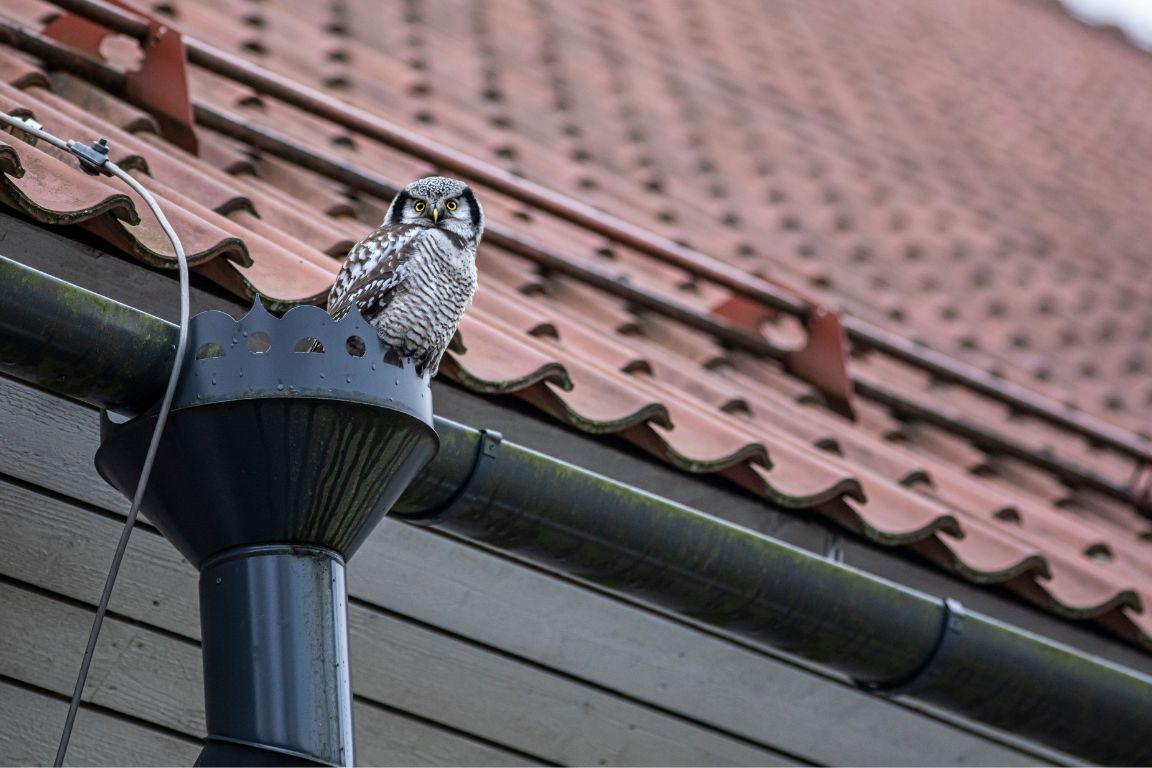
Clogged gutters retain water. This eventually causes leaks and cracks in your gutter materials, or forces excess water over the sides and directly down towards your foundation.
Downspouts pointed too close to the home dump water directly next to the slab.
Our advice: Have your gutters professionally cleaned at least twice per year- once in the spring to check for ice dams and damage, and once in the fall to remove leaves, debris and potential pest infestations.
Make sure your downspouts are set 4-6 feet away from your foundation.
Underground water leaks in your main water line or sprinkler system
Main water line leaks occur for numerous reasons- from tree root intrusions, to long-term corrosion of older pipes, to the stress of high water pressure or shifting soil.
Lawn irrigation system leaks are also caused in a variety of ways. “It could be a leaking hose bib, broken sprinkler head or sprinkler line,” Dillon says.
Our advice: If you reach this point in your troubleshooting process, call a trusted plumber. Ask for non-invasive leak detection services-
Water Near Your Foundation? Your 4-Step Action Plan
The good news: if there’s water pooling around your slab foundation, you don’t have to immediately call a plumber (unless you see visible cracks in the slab).
In fact, there’s multiple ways you can troubleshoot the issue before calling us. Here’s your 4 step action plan to assess, locate and fix the root cause of the problem.
1. Assess the slope of your property.
You probably have a survey of your property from when you initially bought your house. Check that paperwork for measurements of the rise and run of your slope- based on where you live, these are assessed by a surveyor, city engineer or building inspector.
If you can’t find your property survey, contact the city to schedule a new survey of your property. (It’s difficult to “eyeball” the grade of your backyard.)
2. Check your gutters and downspouts.
First, carefully inspect your gutters for visual signs of clogs or breaks. If you notice obvious clogs, carefully clean your gutters or schedule professional gutter cleaning service.
Pro tip: Don’t use power washing equipment to clean your gutters. This can damage your gutters and roof materials, and can completely void your roof’s warranty.
Make sure your downspouts extend 4 to 6 feet away from your house. This prevents them from dumping water too close to the foundation.
3. Check the water meter.
“It’s worth checking your water meter with everything in the house shut off,” Dillon suggests. “If the meter’s still spinning, there’s a good chance you’ve got a hidden leak under the slab.”
4. Call a plumber to schedule yard leak detection service.
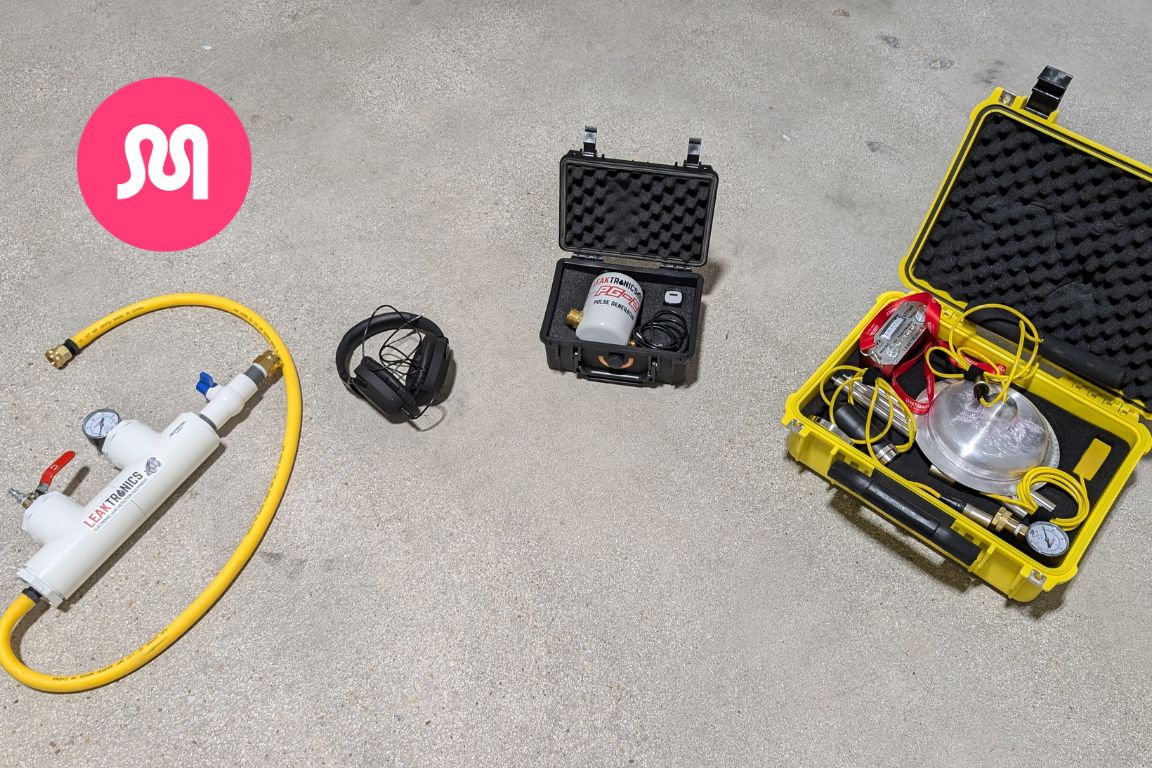
If your slope is properly graded away from your foundation and your gutters and downspouts are clear, there’s likely a leak somewhere in your underground plumbing lines.
Call a local plumber who provides non-invasive yard leak detection services. Here are the core service options they should provide:
- Hydrostatic testing
- Acoustic leak detection
- Electronic leak detection
- Camera inspection
Each of these options allows your plumber to locate the leak with pinpoint accuracy without digging or trenching in your yard.
If You Already Have Cracks in Your Slab Foundation
Already notice cracks in your foundation? Skip every step and call your plumber immediately- even if it’s a small hairline crack.
It’s crucial to stop slab cracks from spreading before they cause significant structural damage to your home. Plus, the sooner you catch and fix a slab leak or crack, the cheaper your repairs are likely to be.
Live in Dallas? Call Mother 7 days a week for immediate scheduling of slab leak repairs.
{{slab-leak-repair="/services/slab-leak-repair"}}
Call Mother for Dallas Slab Leak Detection and Repair
Pools of water near your home’s concrete slab foundation aren’t always a plumbing repair issue. Many homeowners resolve the problem by regrading their property to slope away from the foundation, or by simply cleaning their gutters and realigning their downspouts a safe distance from the slab.
If those solutions don’t fix the issue, it’s time to call an experienced local plumber for slab leak detection services. Mother Modern Plumbing offers nearly a century of combined local experience in Dallas slab leak detection, repair and long-term remediation services.
Call us 7 days a week- especially if you notice cracks in your slab. We’ll offer the single best solution to your issue with our blend of advanced technology and personal care.
{{slab-leak-repair="/services/slab-leak-repair"}}
Common Q’s about Water Leaks
Are slab leaks covered by homeowner’s insurance?
Homeowner's insurance companies don't love to cover leaks in or near your home's foundation. If you want your slab leak repair covered, you need to follow a precise set of steps to improve your odds of coverage.
Follow these 4 steps in order to increase the chances your slab leak is covered by insurance:
- Immediately contact your insurance provider in the event of a freshwater leak.
- Hire a master plumber for 2 key tests: water pressure testing and hydrostatic testing.
- Consult a structural engineer before and after plumbing repairs.
- File all necessary paperwork to your homeowner’s insurance.
How can you tell if you have a slab leak?
These are the 5 most notable symptoms of a water leak in or around your slab:
- A noticeable increase in your water bill
- Water meter moves after water is turned off
- The sound of running water when no taps are on
- Warm or cold spots on your flooring
- Low water pressure
What is the top warning sign of a slab leak?
If your water meter moves after you turn off the water supply, you likely have a slab leak. Other notable symptoms include an increase in your water bill, warm or cold spots in your flooring, and the sound of running water with no taps on.
How do you locate a water leak under your slab?
The 2 best ways to locate a water leak under your concrete slab are acoustic leak detection and video camera inspection.
Acoustic detection uses sound to identify leak location. A camera inspection is needed if hydrostatic testing fails, or if acoustic detection is inconclusive.



